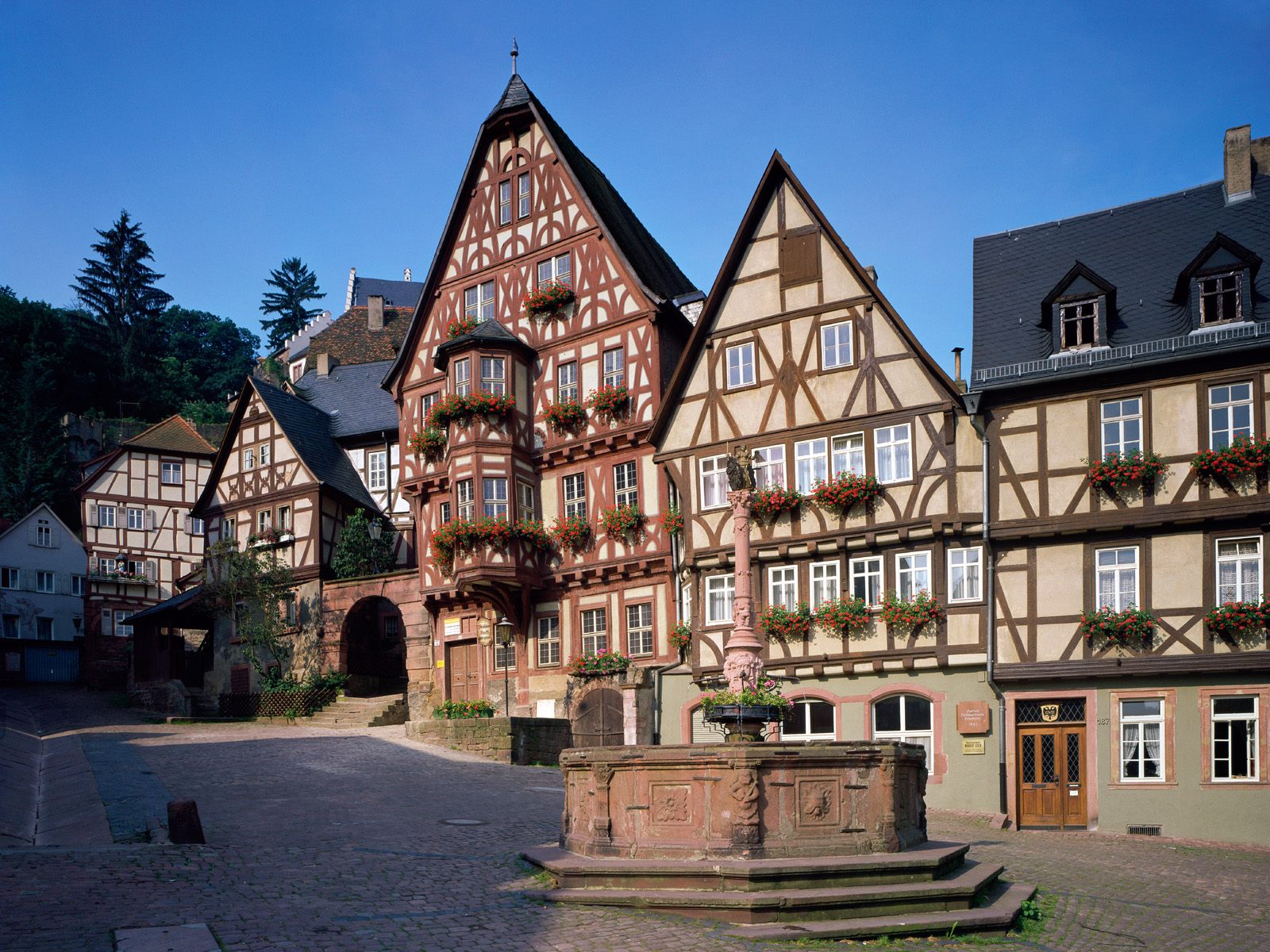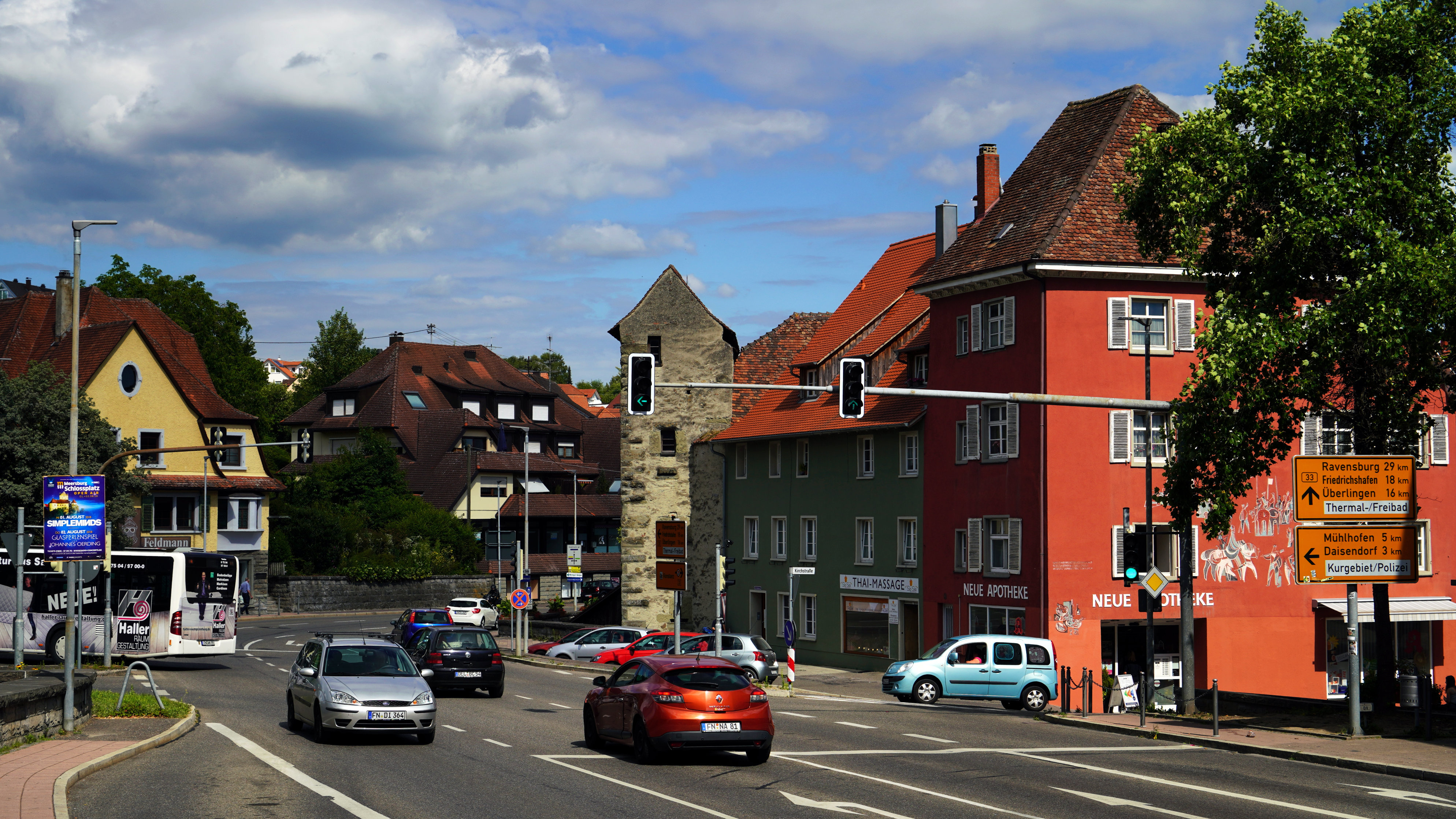Japan Travel
Okayama’s Okayama Korakuen: Historic Garden Attraction
Nestled in the heart of Okayama City, where the Asahi and Yoshii rivers converge, lies one of Japan’s most exquisite cultural treasures: Okayama Korakuen. Often ranked among the Three Great Gardens of Japan alongside Kenrokuen in Kanazawa and Kairakuen in Mito, Korakuen stands apart not just for its beauty, but for its unique history, philosophical design, and the palpable sense of harmony it offers to every visitor. More than a mere collection of plants and ponds, it is a living narrative of the Edo period, a testament to the vision of a daimyo who dreamed of creating a place of peace and prosperity for both his family and his people.
The garden’s story begins in 1687, when the feudal lord Ikeda Tsunamasa ordered its construction. Completed in 1700, it was conceived as a place of leisure for the ruling family and a venue for entertaining important guests. However, Tsunamasa’s vision was notably progressive. Unlike many other daimyo gardens of the era, which were strictly private enclaves, Korakuen was, from its earliest days, occasionally opened to the public. This act reflected a Confucian ideal of benevolent governance, suggesting that the lord’s prosperity was meant to be shared with his subjects. The garden’s name, bestowed posthumously, encapsulates this ethos. “Korakuen” (後楽園) is taken from a Chinese proverb quoted by the scholar-official Fan Zhongyan: “A leader should be the first to worry about the world’s troubles and the last to enjoy its pleasures” (先憂後楽, sen’yū kōraku). Thus, the garden’s very identity is rooted in the principle of putting duty before pleasure, a noble sentiment etched into its landscape.
The design of Korakuen is a masterpiece of the kaiyū-shiki teien (stroll-style garden), meticulously planned to reveal a series of carefully composed vistas that change with every step. Unlike some gardens that emphasize hidden views or surprise, Korakuen is celebrated for its open, expansive lawns—a rare feature in Japanese gardening—which create a sense of spaciousness and tranquility. The design employs the principle of shakkei, or “borrowed scenery,” seamlessly incorporating distant external landmarks, most notably the wooded slopes of Mount Misao and the stark, black keep of Okayama Castle, into the garden’s own composition. This technique blurs the line between the manicured garden and the wild nature beyond, suggesting a perfect, continuous world.
Water is the lifeblood of Korakuen. A sophisticated network of streams and ponds, fed by the nearby Asahi River, winds through the grounds. The largest body of water, Sawa-no-ike pond, features multiple islands, each with its own symbolism. Naka-no-shima (Central Island) represents a timeless crane, while Jarijima (Sandbank Island) takes the form of a turtle—both creatures are ancient symbols of longevity in East Asian culture. A full-scale reproduction of the famous yatsuhashi (eight-plank bridge), often depicted in classical iris garden paintings, arcs elegantly over a bed of irises, creating a scene that feels lifted directly from Japanese art and poetry.
The garden is a living calendar, its palette transforming dramatically with the seasons. In spring, the grounds are awash with the soft pink blush of cherry blossoms and the vibrant yellow of rapeseed flowers. Summer brings the profound green of maple leaves and the elegant bloom of lotuses in the ponds. But it is in autumn that Korakuen truly ignites, as the maple trees erupt into a spectacular fire of crimson, orange, and gold, reflected perfectly in the still waters of the ponds. Winter offers a different, more serene beauty; a dusting of snow highlights the elegant forms of pine trees, their branches supported by intricate wooden crutches (yukizuri) to protect them from heavy snow, creating a striking sculptural effect against the stark landscape.
Scattered throughout the garden are teahouses and structures that serve both functional and aesthetic purposes. The Enyō-tei house, originally built for Lord Ikeda’s moon-viewing parties, offers a commanding view of the entire garden. The Yūhin-seki kiln reminds visitors of Okayama’s famed Bizen-yaki pottery tradition. Perhaps the most charming is the Kyūhō-dō, a thatched-roof arbor where the lord would once have rested, now inviting all visitors to pause and absorb the serene atmosphere.

The history of Korakuen is not without its trials. The garden has faced numerous natural and man-made disasters, including severe floods in the 1930s and the devastating bombing of Okayama during World War II, which destroyed many of its original buildings. Each time, meticulous restoration efforts, based on detailed Edo-period diagrams, have brought it back to its former glory. This cycle of destruction and rebirth is deeply woven into the Japanese spirit of resilience and respect for heritage, making the garden not a frozen museum piece, but a resilient, evolving entity.
Today, a visit to Okayama Korakuen is a journey into the heart of Japanese aesthetics and philosophy. It is a place of quiet contemplation, where one can witness the changing seasons and reflect on the fleeting nature of beauty—a concept known as mono no aware. The distant view of the “Crow Castle” (Okayama Castle), with its stark black exterior, provides a deliberate contrast to the garden’s vibrant life, a reminder of the power and turbulence that once governed the region, now tempered by the enduring pursuit of peace and harmony.
Okayama Korakuen is more than a historic garden attraction; it is a profound cultural experience. It is where nature is perfected by human hand, where history whispers from beneath ancient pines, and where the philosophical ideals of a bygone era continue to offer respite and inspiration. It stands not as a relic, but as a timeless sanctuary, inviting all who enter to stroll its paths, absorb its beauty, and, for a moment, share in the enlightened vision of a lord who believed that pleasure, like a garden, is best when enjoyed by all.
相关文章
- Yamagata’s Zao Onsen: Snow Monster Hot Spring Attraction
- Japan’s Maid Cafés: Akihabara Subculture Attractions
- Japan’s Horse Racing Tracks: Equestrian Sports Attractions
- Tokyo’s Odaiba Gundam: Anime Icon Attraction
- Japan’s Doll Festivals: Hinamatsuri Attractions
- Kagoshima’s Ibusuki Onsen: Sand Bath Hot Spring Attraction
- Japan’s Table Tennis Clubs: Recreational Attractions
- Kyoto’s Nishiki Market: 400-Year-Old Food Attraction
- Japan’s Camellia Festivals: Winter Flower Attractions
- Miyagi’s Matsushima Bay: Scenic Island Attraction
发表评论
评论列表
- 这篇文章还没有收到评论,赶紧来抢沙发吧~


